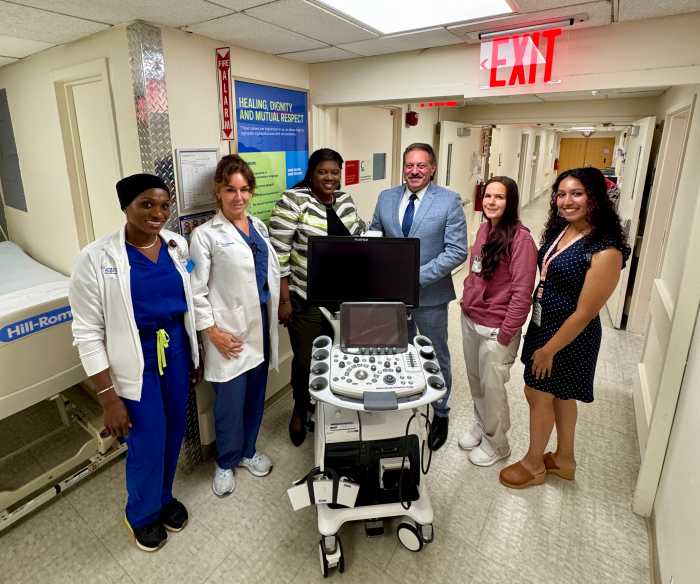By Alex Berger
The night of Jan. 22, The Citizens Police Academy Alumni Association heard a very informative lecture by Ariene M. Markarian, unit chief of the Elder Abuse Unit, Domestic Violence Bureau, Kings County District Attorney’s Office.
By coincidence, this past weekend, a friend from Brooklyn had related difficulties she has been having with someone who lives in her home as a tenant. Here is a story that is all too common. Within the last couple of years, in fact, three other senior women and one man have asked me to direct them to sources of help for similar problems.
It seems appropriate to note here some things that might be helpful to others. Each NYPD Precinct has two Domestic Violence Officers who are ready, willing, and able to assist you in many ways. There is also an Elder Abuse Hotline number, (212) 227-2227.
If you know someone who is being abused, whether by a family member, a home health aid, a nursing home attendant, a neighbor, a tenant, or anyone else, action should be taken AND A RECORD KEPT. This is important to assist in the prosecution of the abuser. Sometimes, out or love or fear, victims refuse to testify against the abuser. Having recorded evidence of as many kinds as possible may help the District Attorney's office prove the charges without the victim’s testimony, or, if the victim does testify, to try to corroborate his or her testimony as much as possible.
Photos, x-rays, written or recorded messages, from beepers, answering machines, or other recorders are useful evidence. Photos should be taken of injuries to both the victim and the defendant or, more likely, the lack of injuries to the defendant, as well as of any property damage and objects, including weapons, relating to the abuse. Weapons are not only guns or knives, but any instrument that can be used to inflict harm, such as a frying pan, broken or unbroken bottles, frozen objects, tools, vicious animals, containers of abrasive or flammable liquids such as lye or gasoline.
If possible, pictures should be taken or the area disturbed by the abuse. “Before” pictures of the same area would be especially helpful. Bloody and/or torn clothing, as well as other bloody items, bullets, shell casings, magazines, martial arts paraphernalia, items used to bind, gag or torture the victim — everything should be preserved as evidence, preferably without being handled.
Eye and ear witnesses to the crimes should be enlisted, noting where and how they may be contacted in the future. Note any known previous criminal history of the defendant. Also, if known, record information about psychiatric history, hospitalization, drug and alcohol abuse, or special medications.
There are other types or abuse than physical. Neglect or endangering the welfare of a child or the elderly is a felony, carrying a sentence of at least one year in jail.
Threats made to or about the victim, the victim’s family, friends, or pets, should also be noted and prosecuted.
At the meeting, a member of the audience sitting next to me was asked, “If a member of your family smacked you in the face and took your wallet, would you report that person to the police?” She answered, “I might punch him back, but definitely would not report him to the police.”
I would. One criminal attack on me was enough — and I would consider anyone hitting me to be a criminal.
My own long-held theory is that the best way to help someone is to stop that person from further wrongdoing as soon as the wrong has been committed. Minor wrongs get minor correction, but major wrongs are otherwise corrected, Incidentally, it is my understanding that there is a standing $500 reward being offered by the city to anyone who will turn in to the Police Department anyone who sells, or owns illegal guns.
Crime is “on the run” now.
Let’s all keep it running, and let the punishment fit the crime.




































